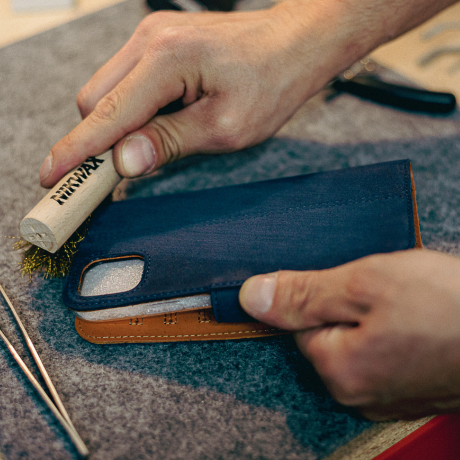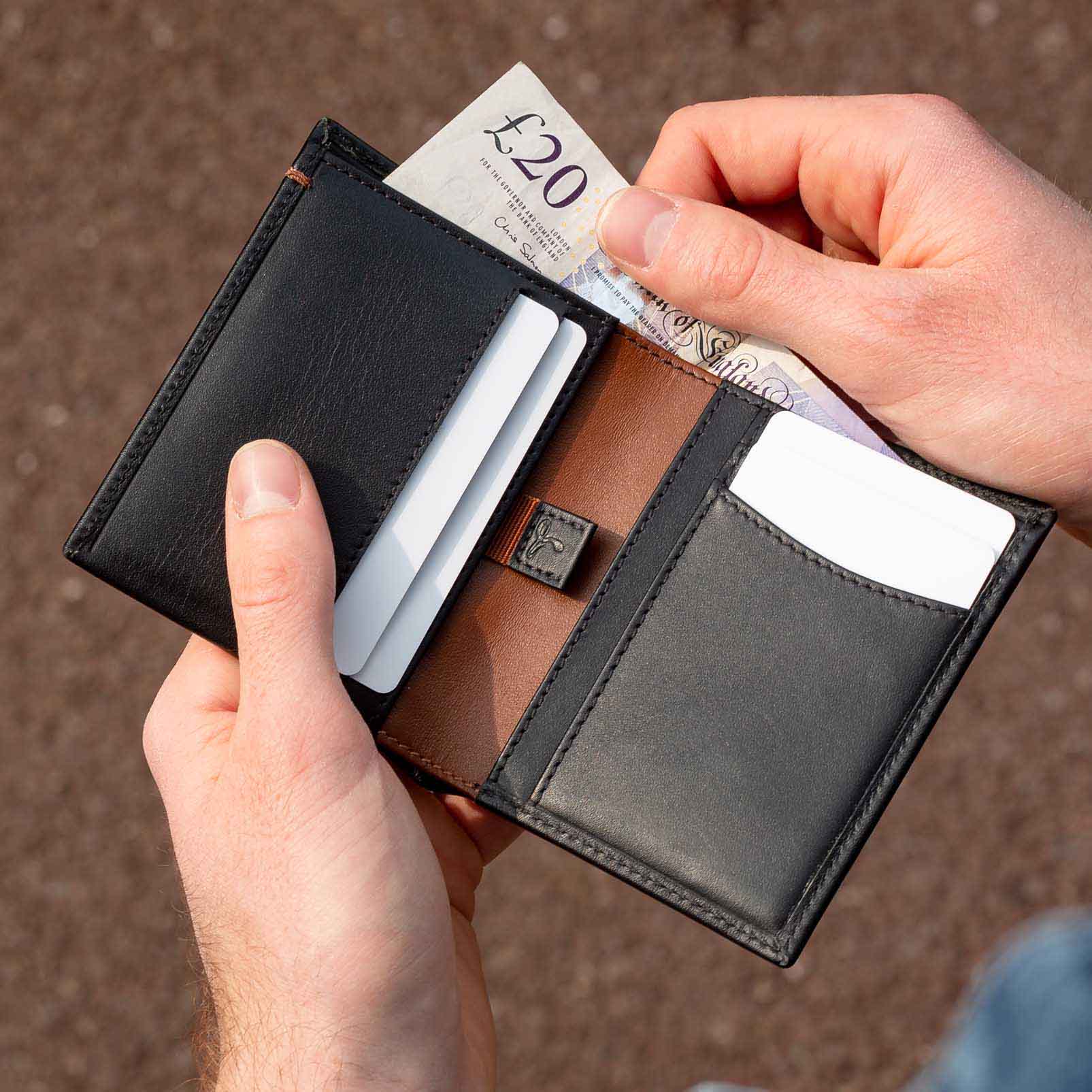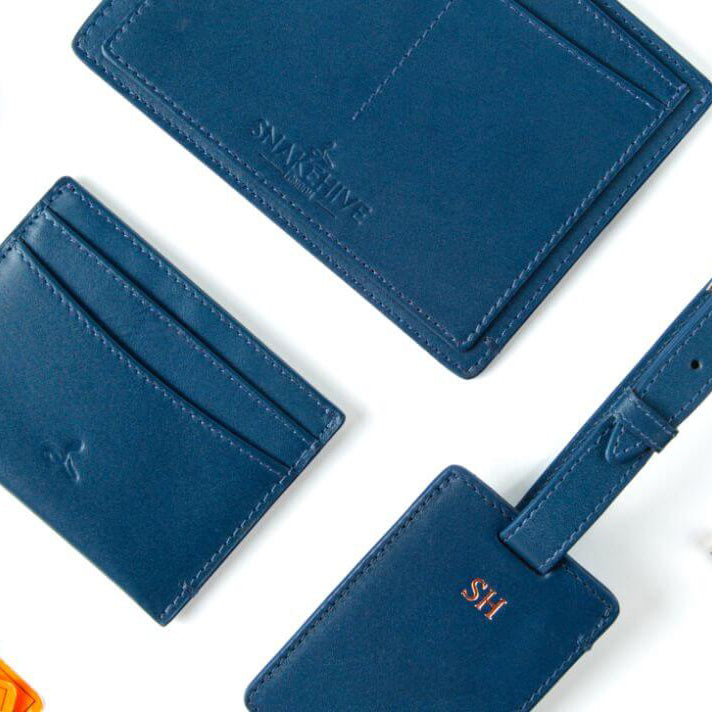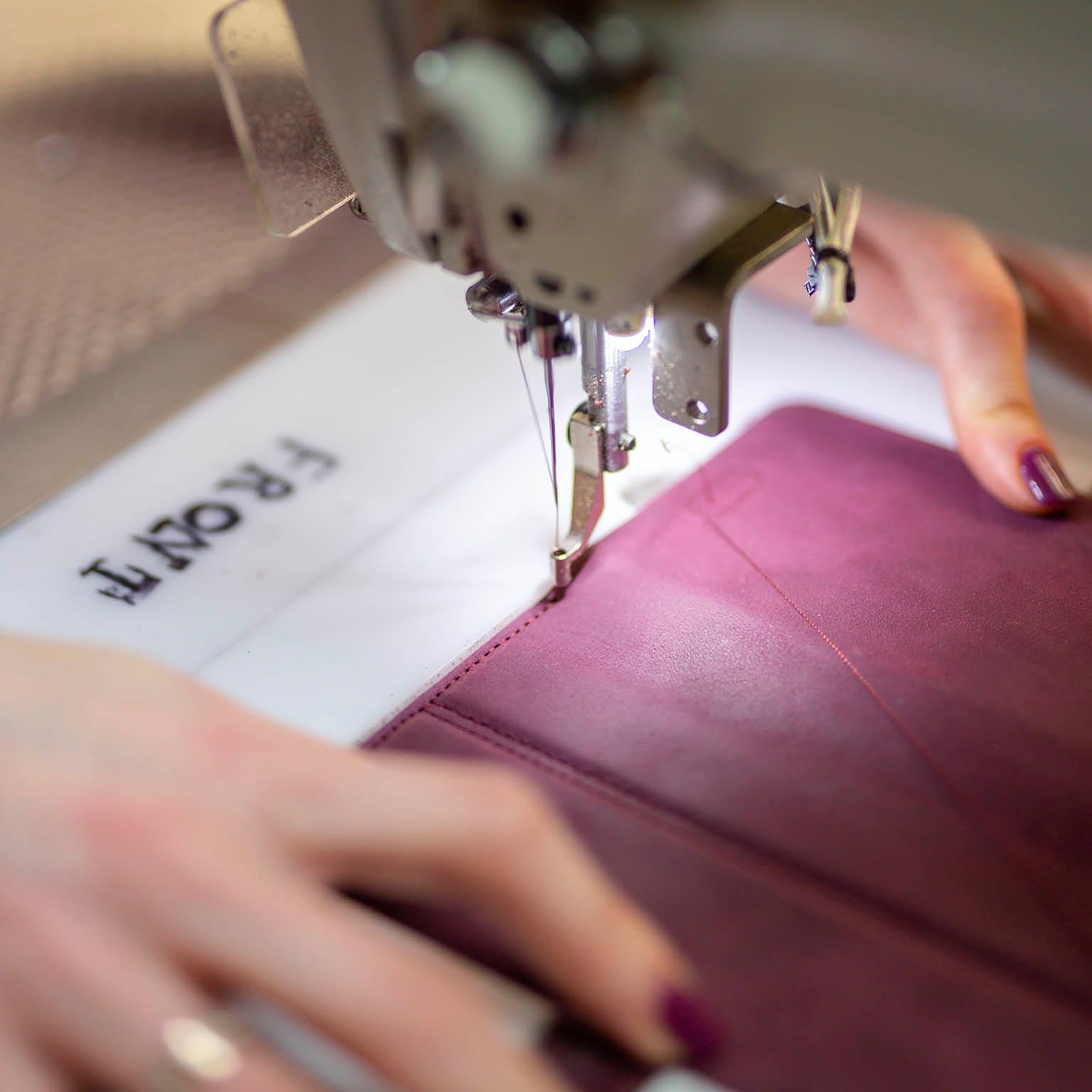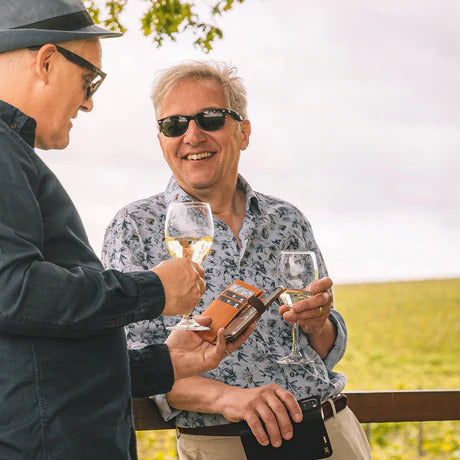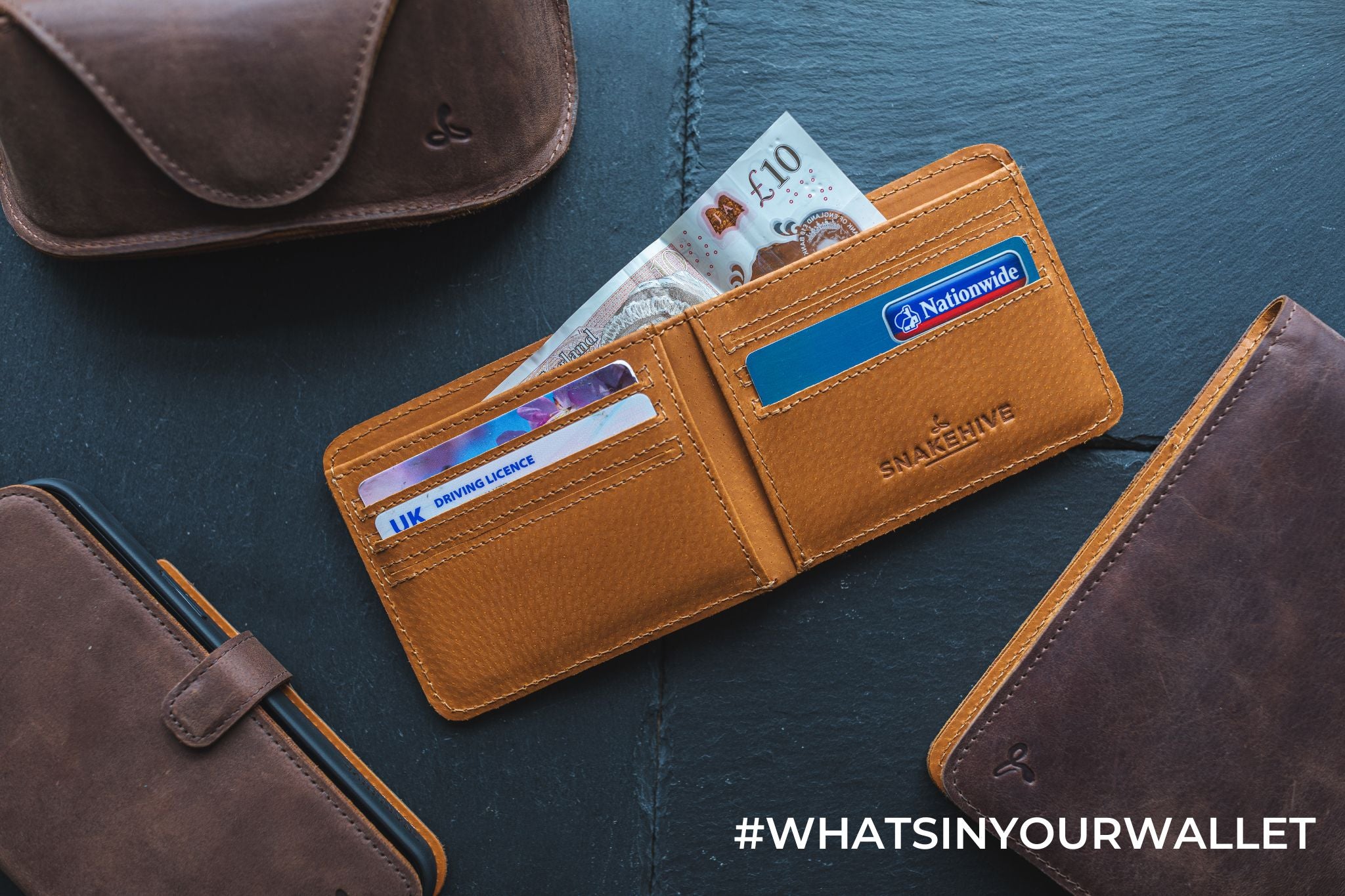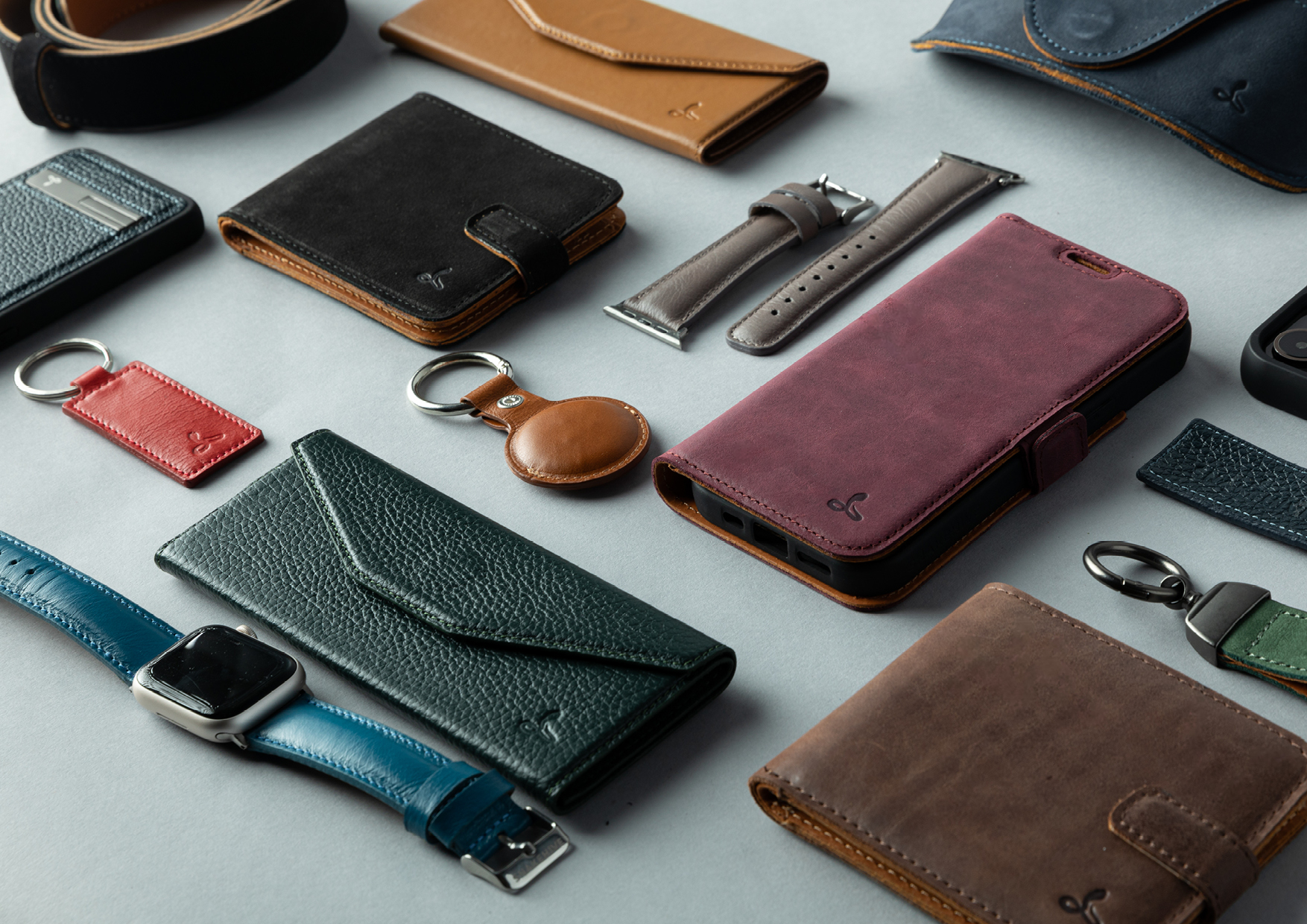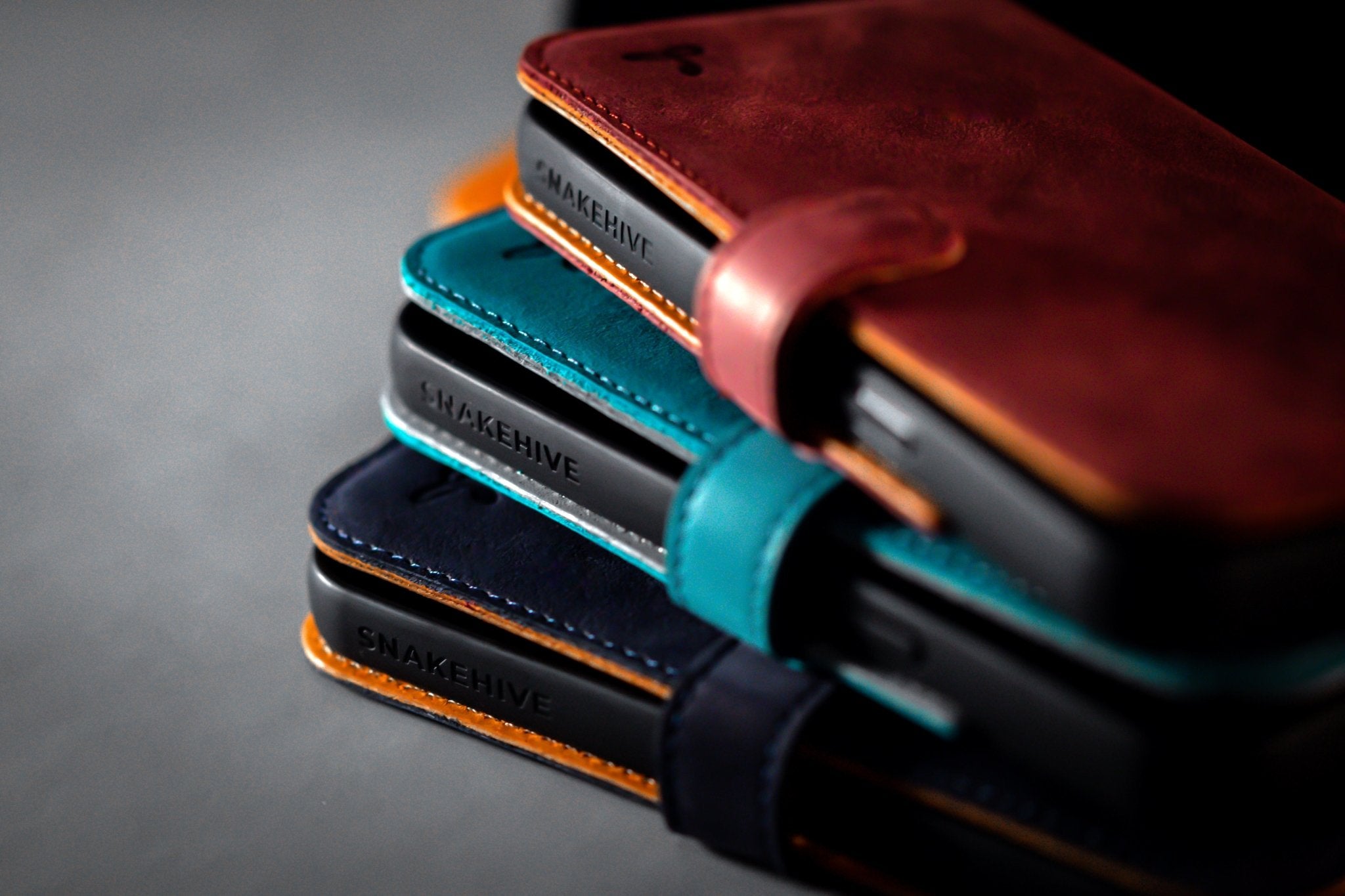
Understanding Leather Patina: A Mark of Quality
The appeal of leather patina goes beyond just aesthetics; it serves as a tangible testament to the enduring quality and character of leather as a material. But why does leather develop this unique patina, and what sets it apart from other materials?
Patina, in essence, is the gradual darkening and softening of leather over time, a result of exposure to sunlight, everyday wear and tear, as well as the accumulation of dirt, scratches, and scrapes. This natural aging process provides leather goods with a sense of sentimentality and authenticity, as the external transformation mirrors the unique journey each item has undertaken with its owner.
Contrary to what you might expect, the development of patina is not only embraced but celebrated among leather connoisseurs. It is regarded as a hallmark of superior quality, indicative of only the finest grades of leather. The deepening of colour, enhanced flexibility, and subtle sheen that accompany the patina process serve as visible reminders of the rich history and shared experiences embedded within each piece.
Signs of Patina Development
How can one recognize the signs of patina? The indicators are clear: a deeper richness in colour, increased suppleness and pliability, and a gentle sheen across the surface of the leather. As leather goods are used and exposed to their environment, the patina continues to evolve, further enhancing the item's character with a unique wear pattern.

Why is this a mark of high quality?
Indeed, the development of patina is not merely a surface-level phenomenon; it is deeply rooted in the intrinsic qualities of the leather itself. Only the highest grades of leather such as full-grain, possess the ability to develop a rich patina due to their capacity for absorption. Oils and other substances from the surrounding environment, as well as oxidation contribute to the development of a rich patina which in turn serves as a tangible testament to the item’s superior quality and craftsmanship.
Slowing down the Patina Process:
For those who prefer to preserve the pristine condition of their leather goods, there are measures that can be taken to slow down the patina process.
- Storage of your leather
Proper storage in a ventilated environment will slightly slow the ageing process.
- Sunlight
Avoid too much sun exposure to reduce lightening in colour.
- Friction and Oil in pockets
Avoiding friction and oil build-up in pockets can help maintain the original appearance of the leather for longer periods,
However, the development of a patina is a natural process and therefore cannot be wholly avoided.

Here at Snakehive, we embrace the inherent beauty of leather including its unique properties such as the development of a patina, recognising it as a mark of distinction and quality. Each patina tells a unique story, weaving together memories and experiences in a tangible, permanent form. While opinions may vary, we invite you to discover the beauty of leather patina for yourself and appreciate the timeless elegance it brings to our meticulously crafted products.




